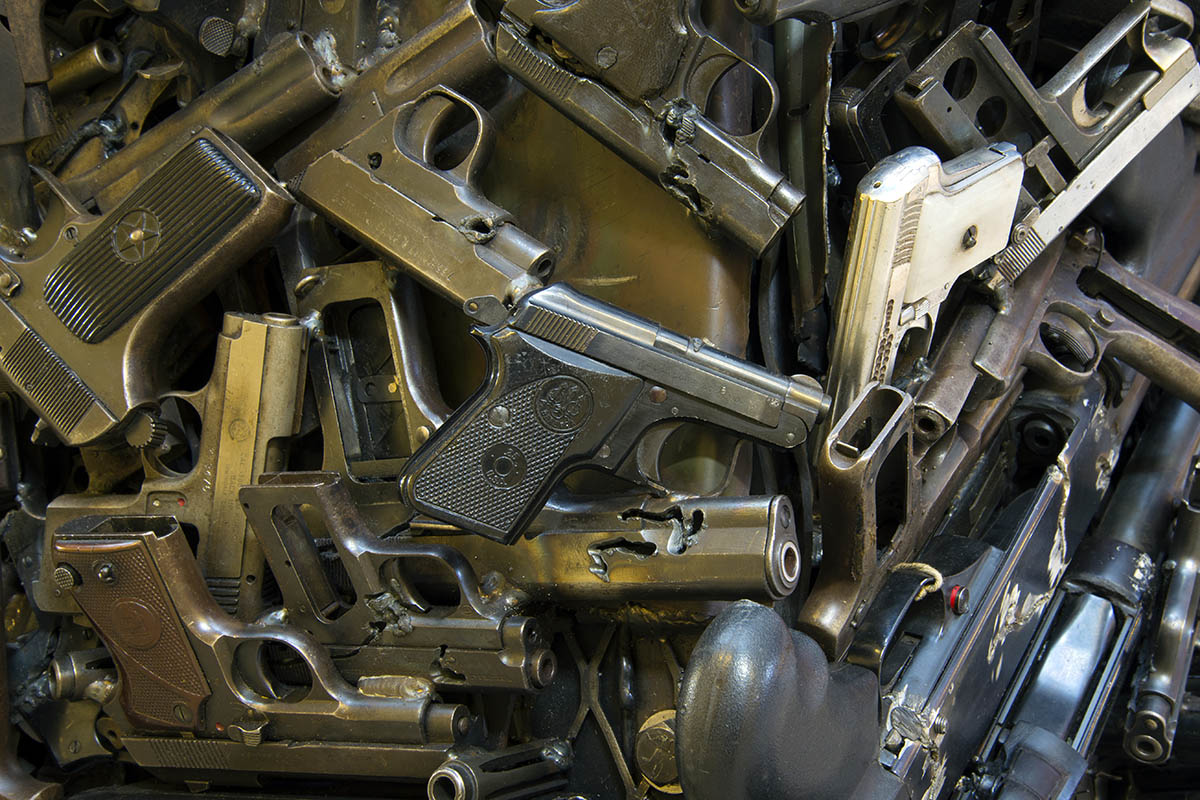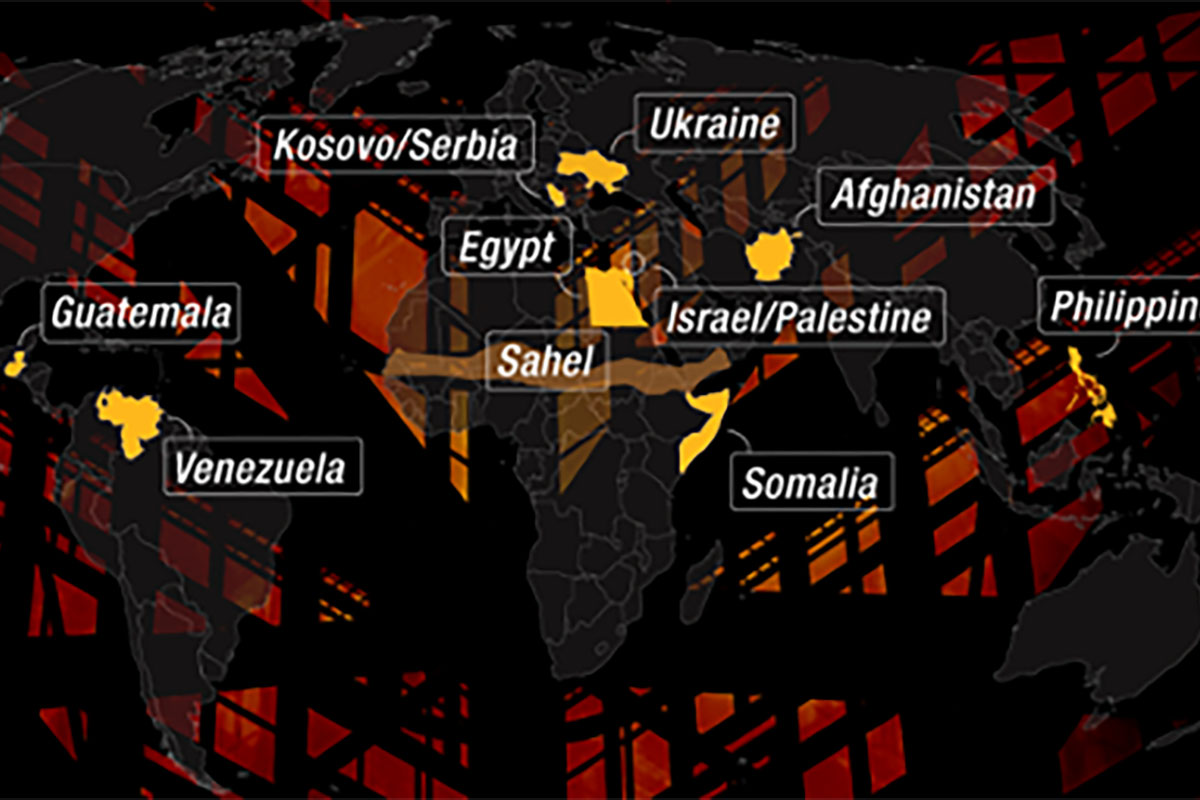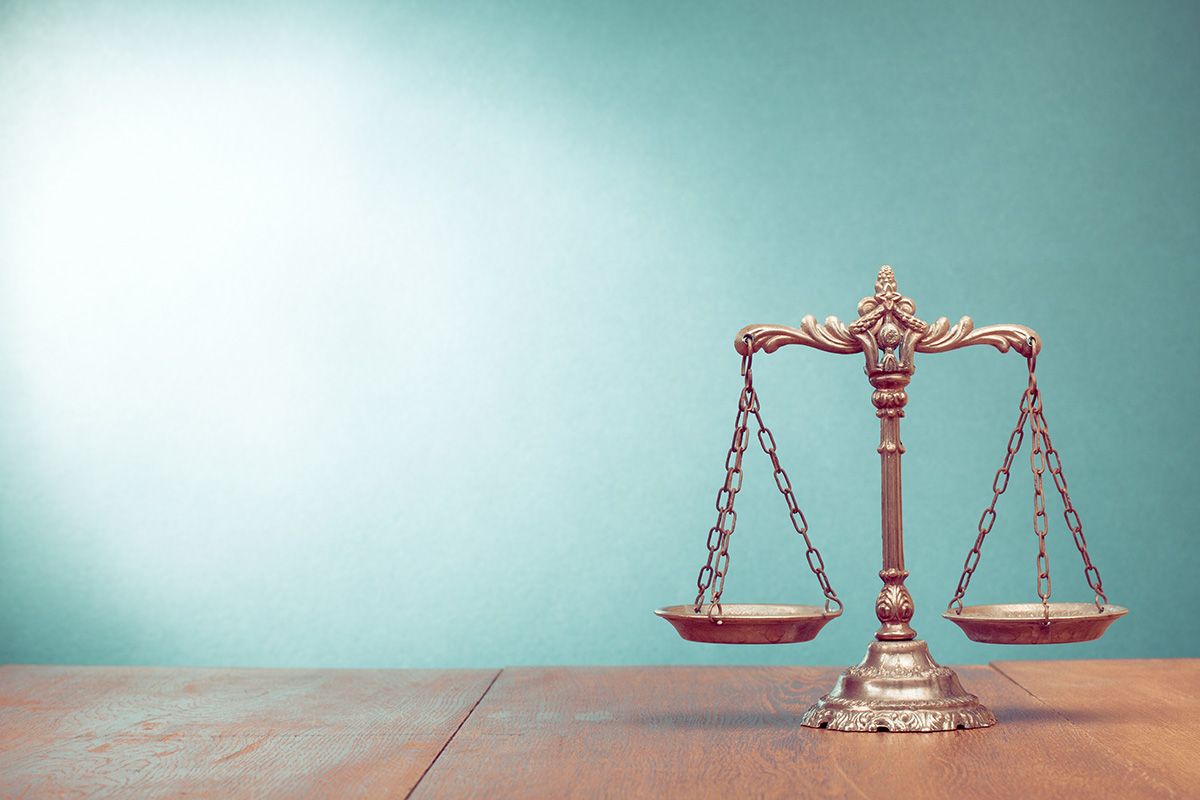Silencing the Guns in the DRC: Where are the women?
March 15by Lillian Efobi
The guns continue to roar in the Democratic Republic of the Congo (DRC) despite several ceasefires. Is the DRC destined to forever hear the echoes of conflict, or is peace a mirage for the Congolese?
Some of the major root causes of the conflict include, but are not limited to: resource exploitation, ethnic tensions, political violence, extra-judicial killings and weak governance, and this has led to the displacement of 6.9 million people since 1996.
The voices silenced by the conflict cry out for help daily, with no hope of peace in sight. To amplify the voices of those silenced by the guns in the DRC for over 27 years, we must ask the following questions: How can we engage with communities affected by the conflict, what are their grievances, who are the promoters of this conflict, what are their motives for fuelling the conflict, what fuels the fears and mistrust of the people and where are the women amidst all these? When we understand these questions, then we could be on the path to sustainable peace for the children, women, and youths of the DRC.
The DRC has abundant natural resources including copper, cobalt, lithium, oil and gold with many of its minerals needed for the energy transition. However, systemic corruption enables mismanagement of resources and ongoing insecurity. DRC struggles with the illicit trade of its minerals, losing important tax revenue. According to the UN Group of Experts, 98% of artisanal gold production in DRC is undeclared and smuggled out of the country.
The DRC’s vast mineral wealth, a blessing on paper, has become a curse in practice. Mining operations often fuel local tensions, leading to violence and human rights abuses. Transitioning towards inclusive development models that empower local communities and ensure equitable distribution of resources could be a crucial step towards sustainable peace. To silence the guns in the DRC, a reconciliation and justice committee should be set up to hold perpetrators accountable.
Youth empowerment with relevant skills for the present and future, is another sustainable means to silence the gun in the DRC. The DRC Youths can be empowered to become agents of peace and reconciliation in their communities, rather than being used as tools of violence. The lives of children, women and youths should be at the forefront with their needs accurately maximized.
In one of my research papers, I stated that for peace to be restored in the DRC, then the voices of the women in the communities must be heard and engaged with, rather than excluding them. Their inclusion, both in peacekeeping and peace making, is crucial to a resolution. Women of the DRC should not be seen as toothless bulldogs, but as a significant stakeholder, whose participation can make a difference in the effectiveness and longevity of peace agreements. It is not that women are naturally more peaceful than men; rather they are committed participants in peace processes that affect the entire spectrum of a society.
Women understand the root causes of the conflict in the DRC, being the direct victims most times, and the dynamics that continue to fuel the crisis. At peace negotiating tables and in the media, their impact is not highlighted. The amount of mediation these women do between one village, and another is amazing! Africa must learn that you don’t win the game with half the team on the field and what happens to one gender affects the other. UNSCR 1325 and its national framework must be implemented fully to ensure inclusion of women in the peace process in the DRC. The government and international agencies should strengthen the solidarity between women in warring communities, enhance their leadership capacity and help speed the momentum for peace.
Political leaders and national strategic plans of the DRC will come and go, but women’s commitment to building a better society for their children in the DRC remains constant. Peace and Prosperity in the DRC is a long road of shared responsibility with women fully included in the negotiations and resolutions processes.






